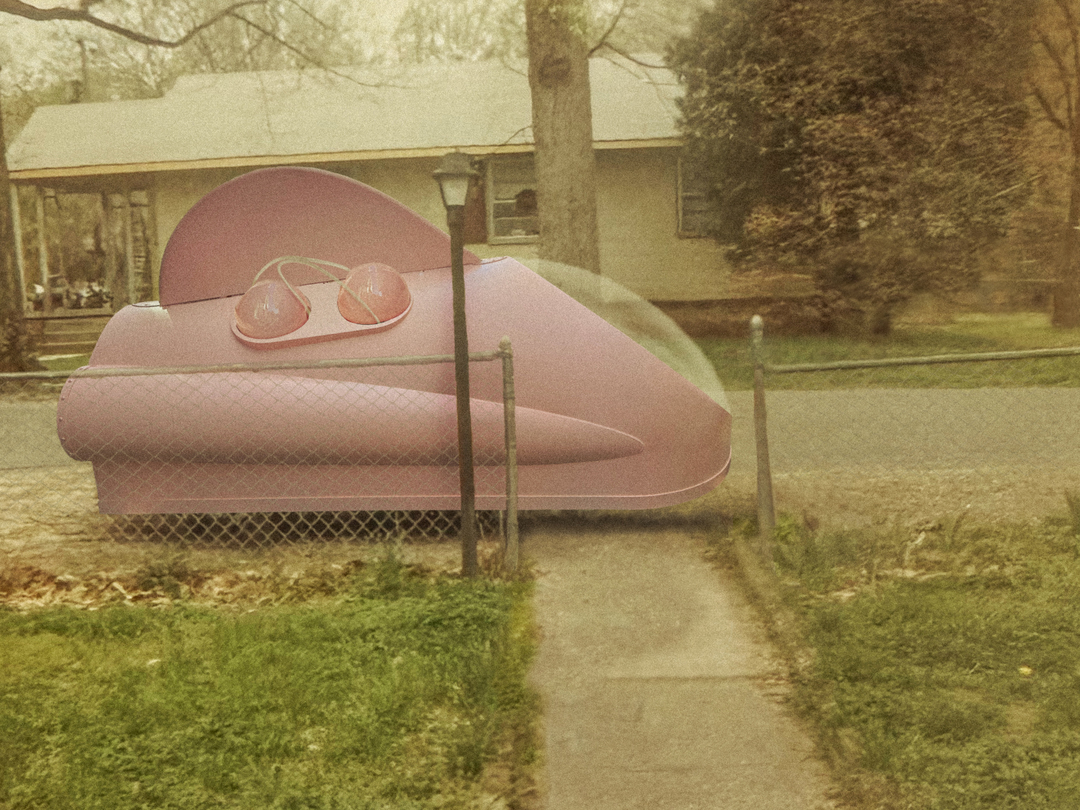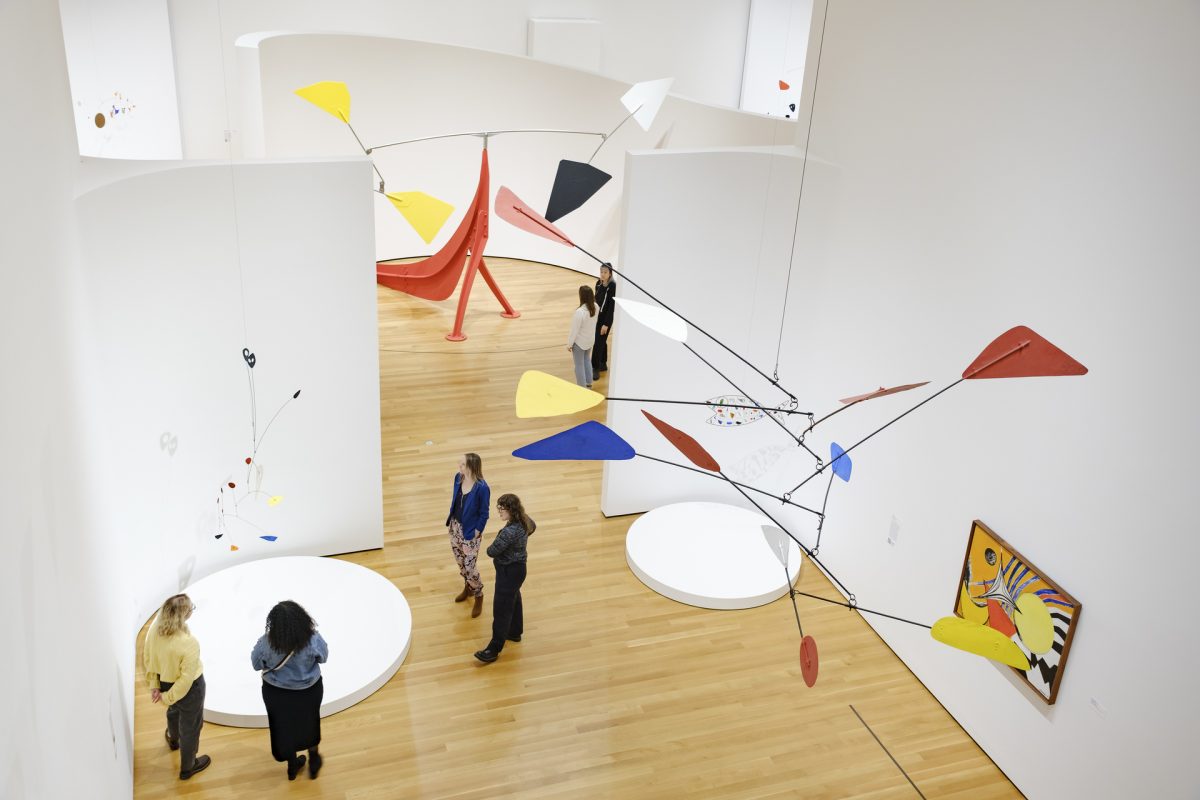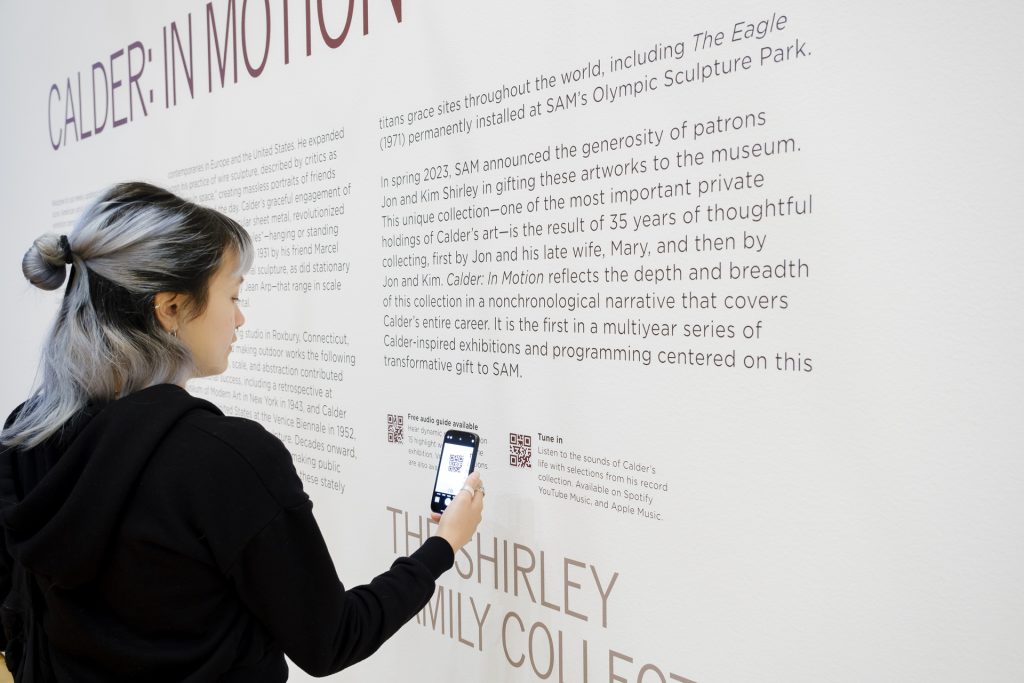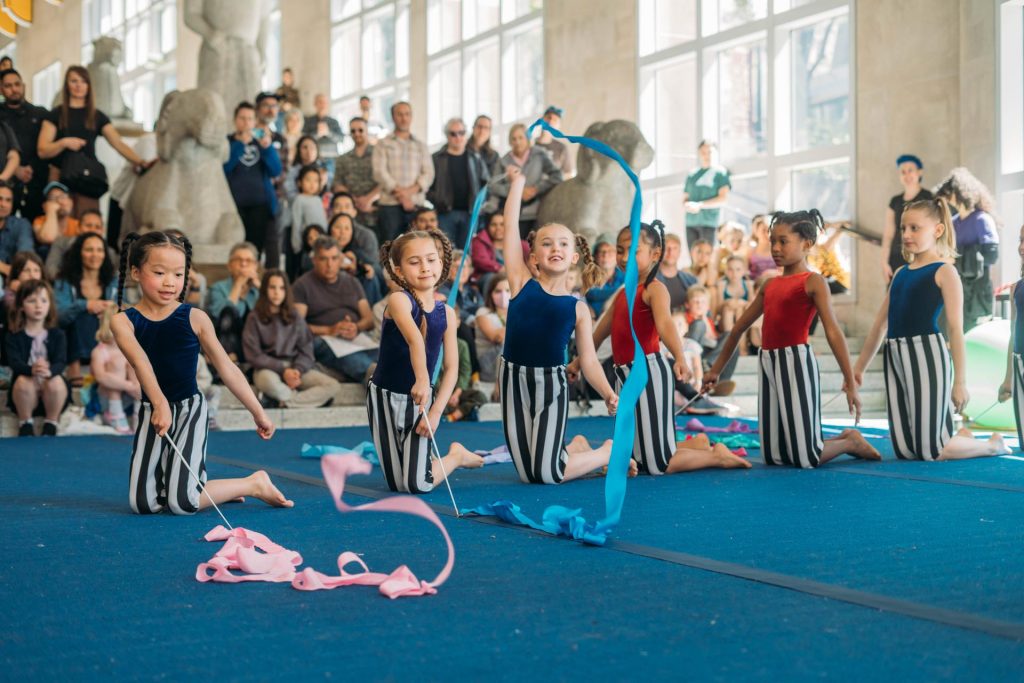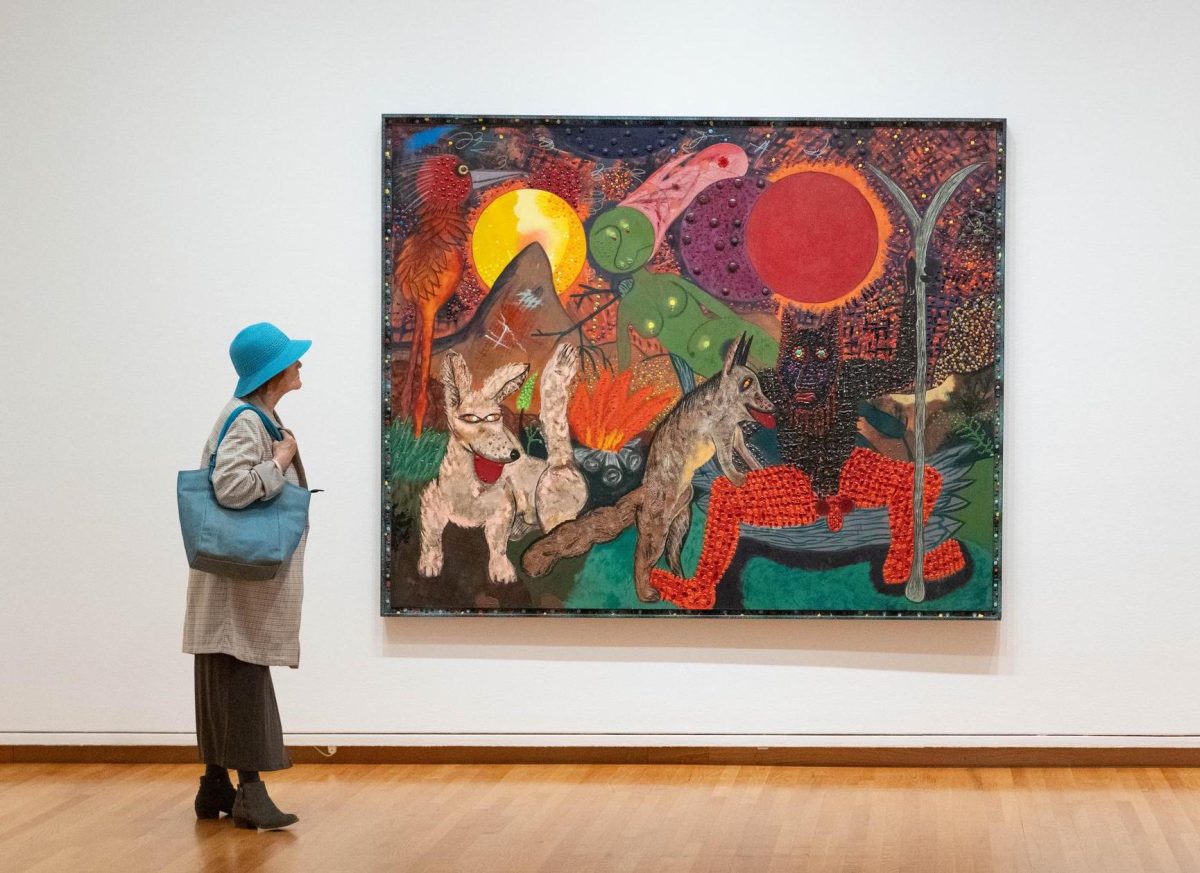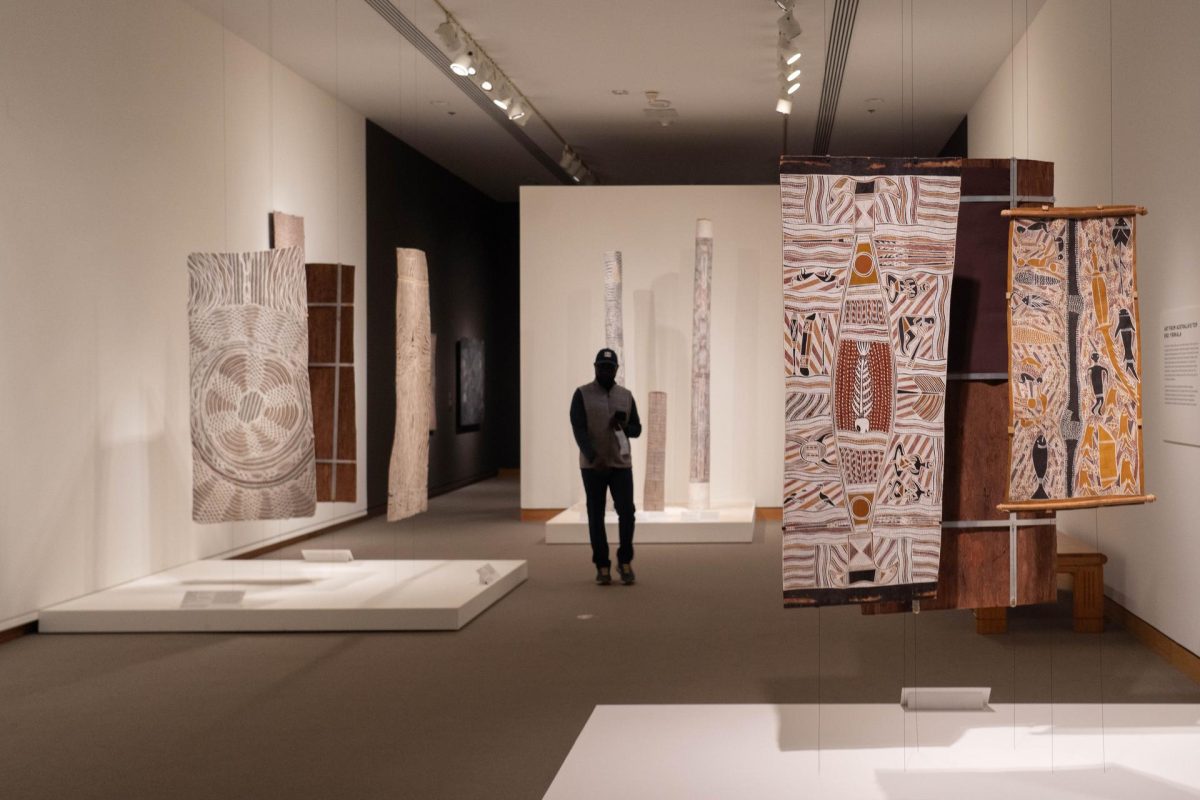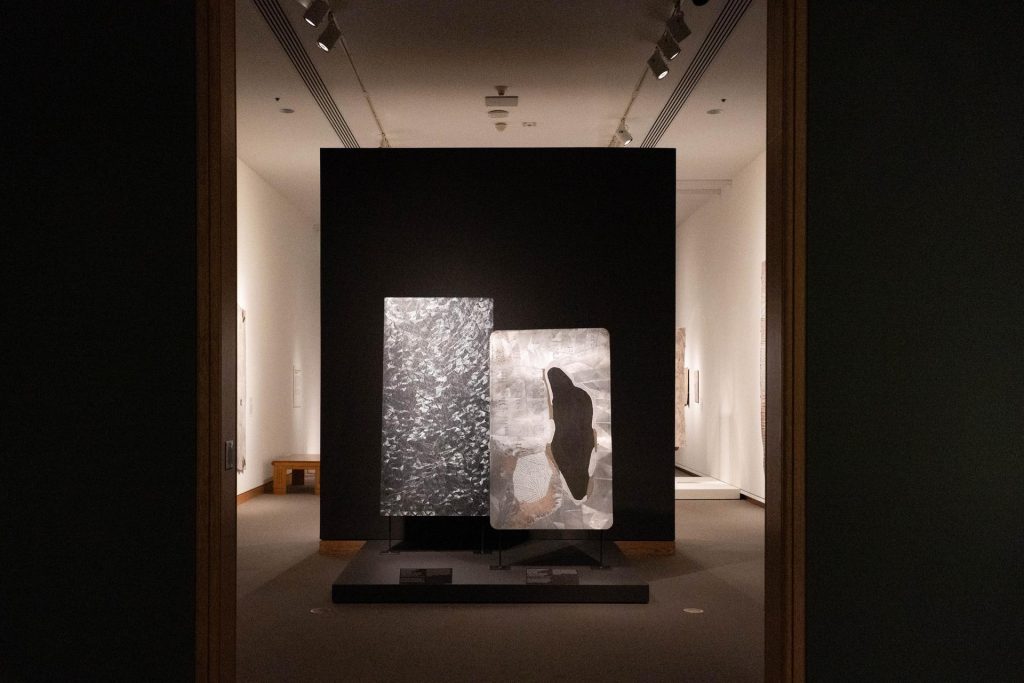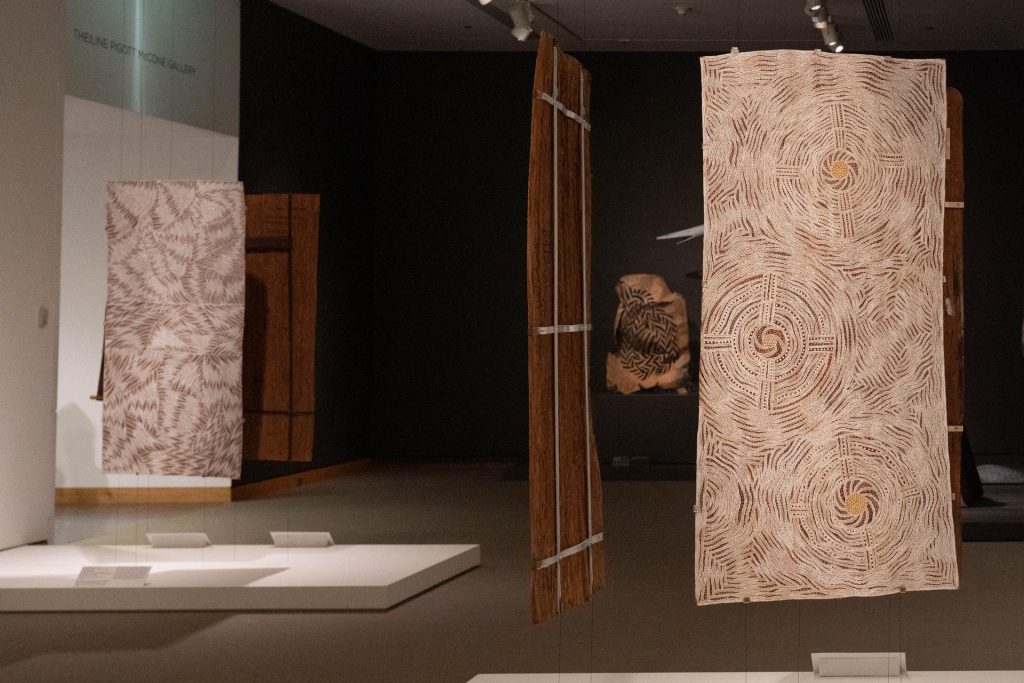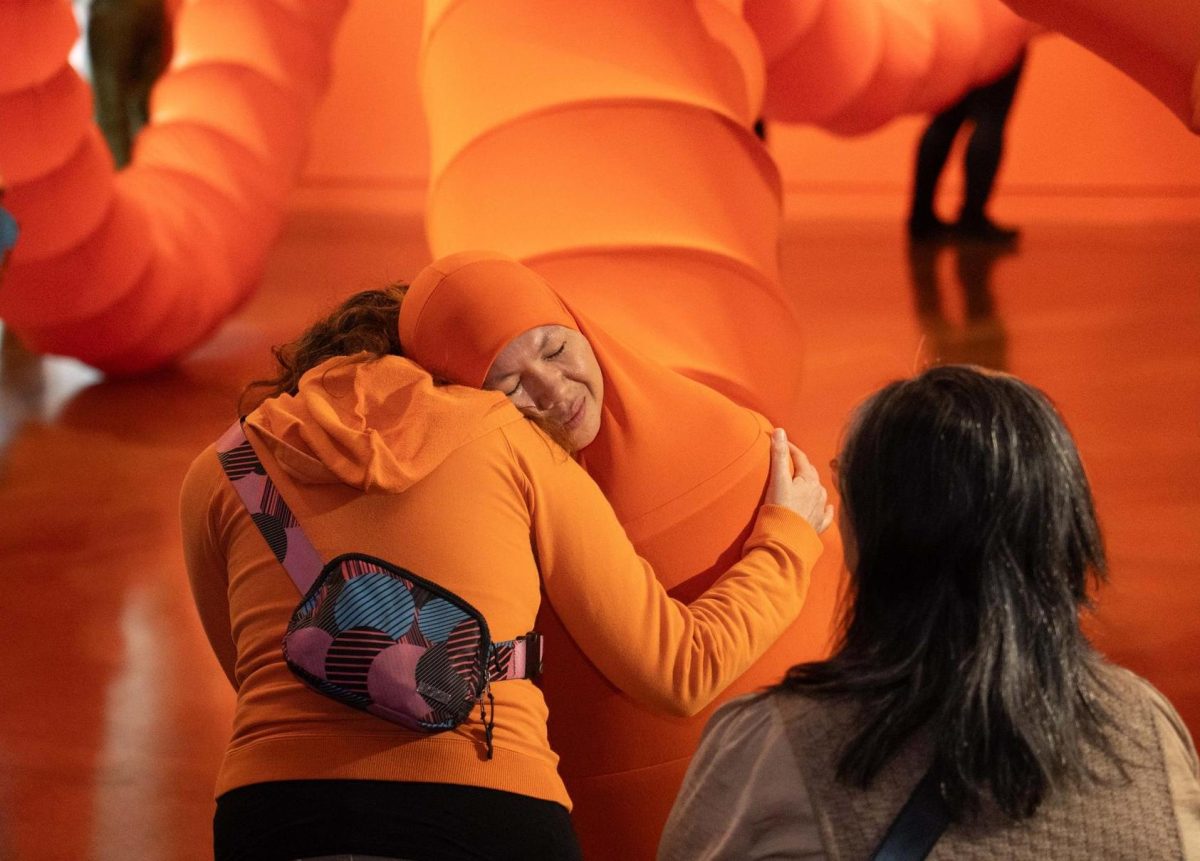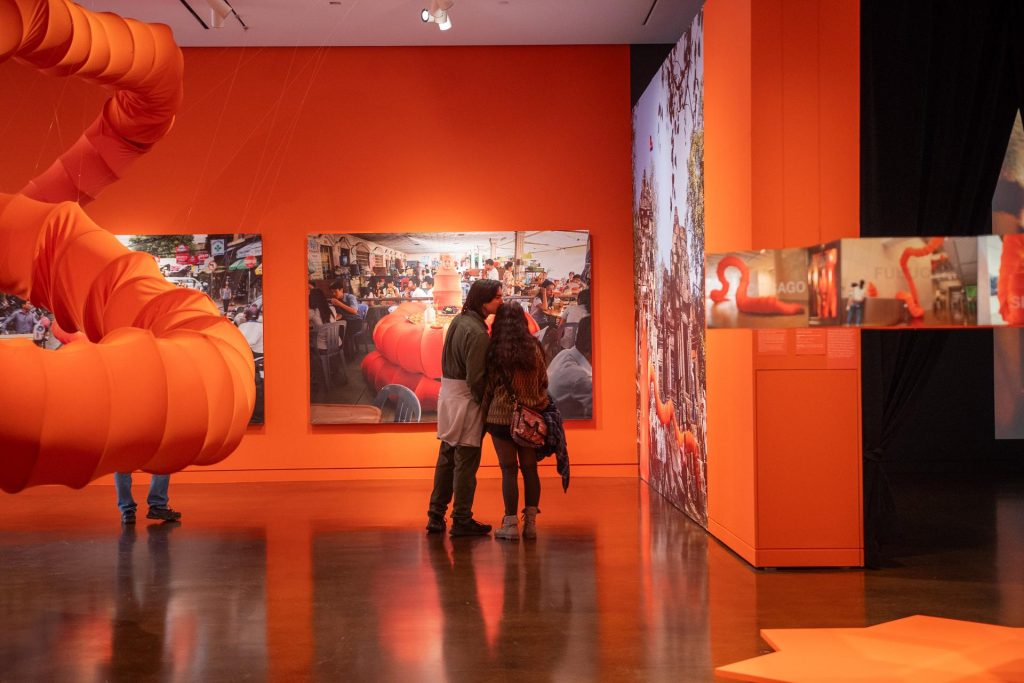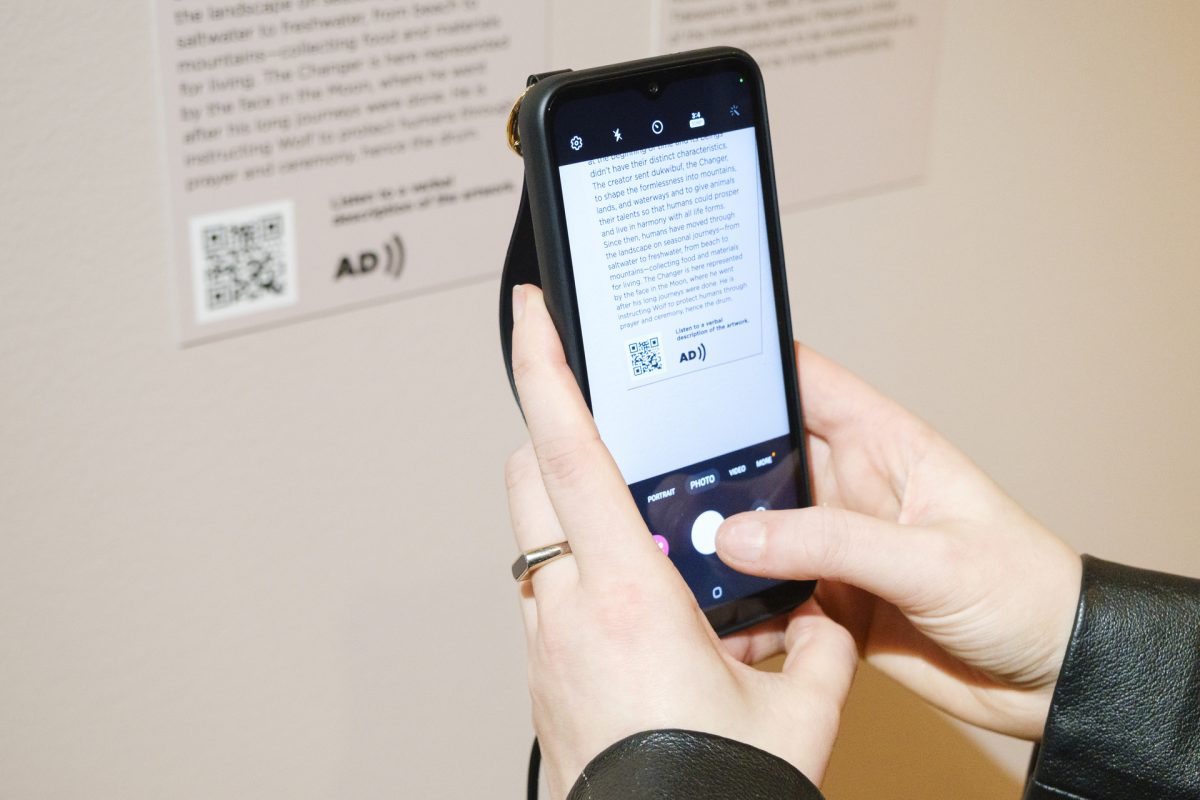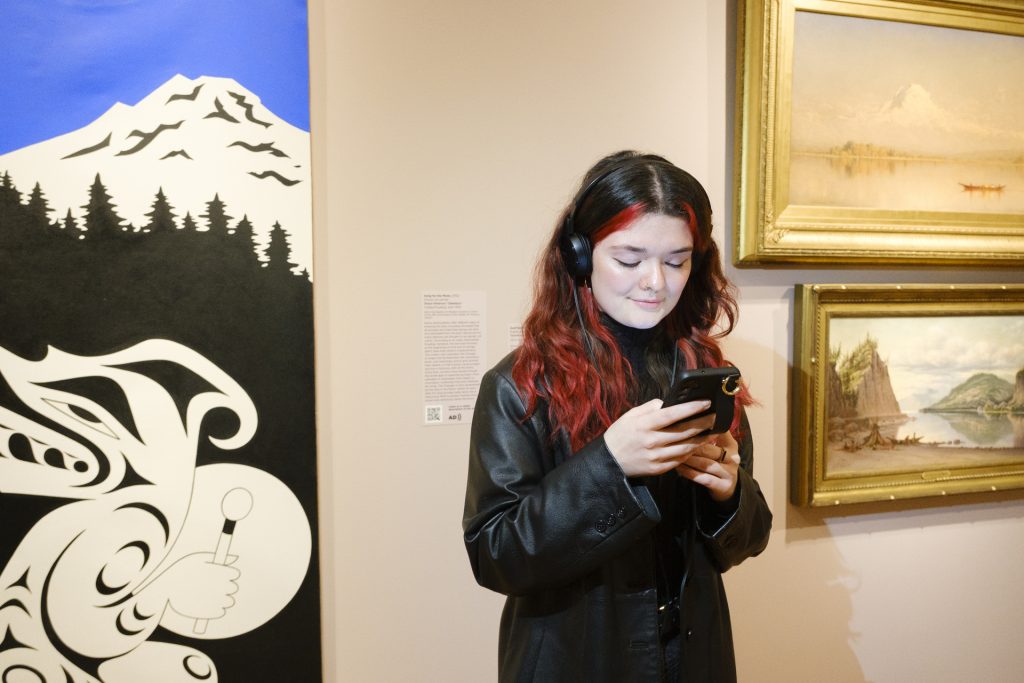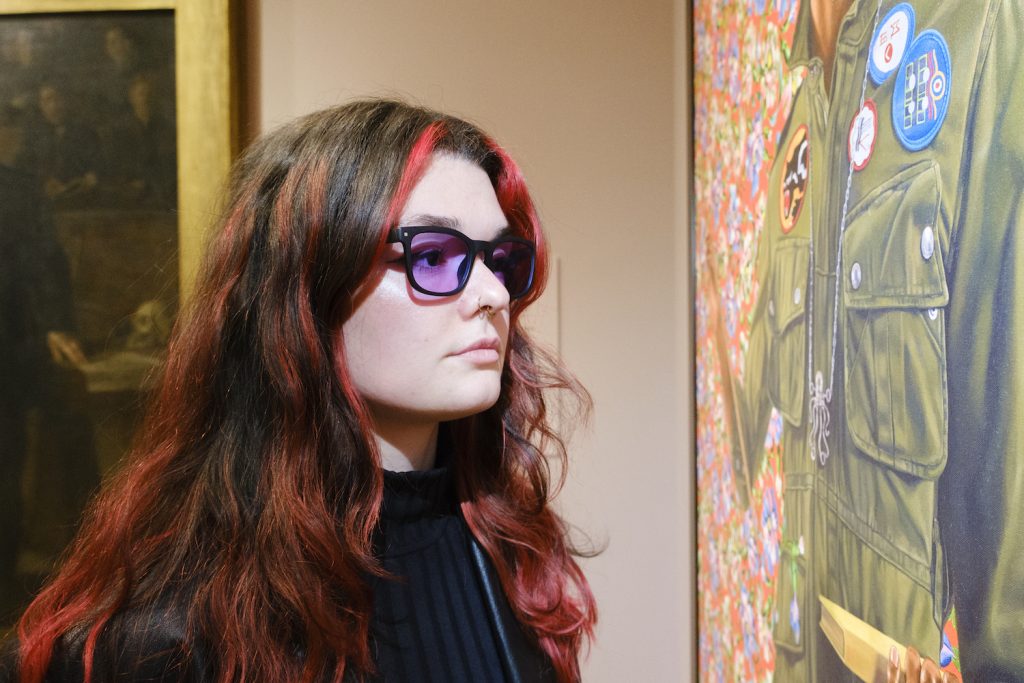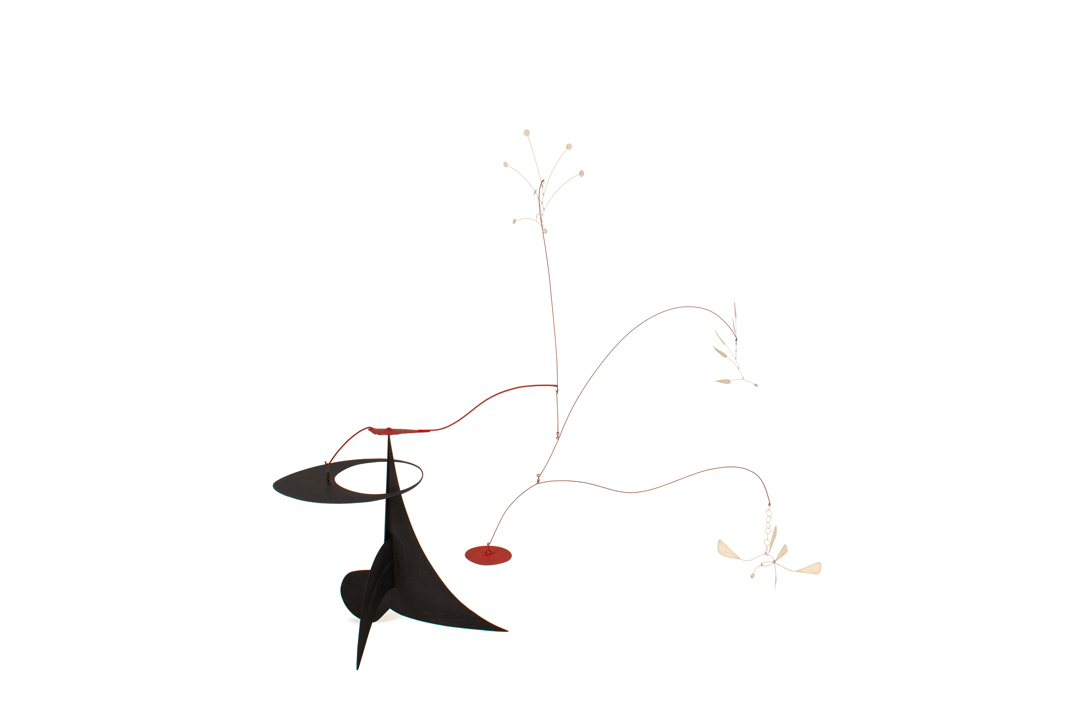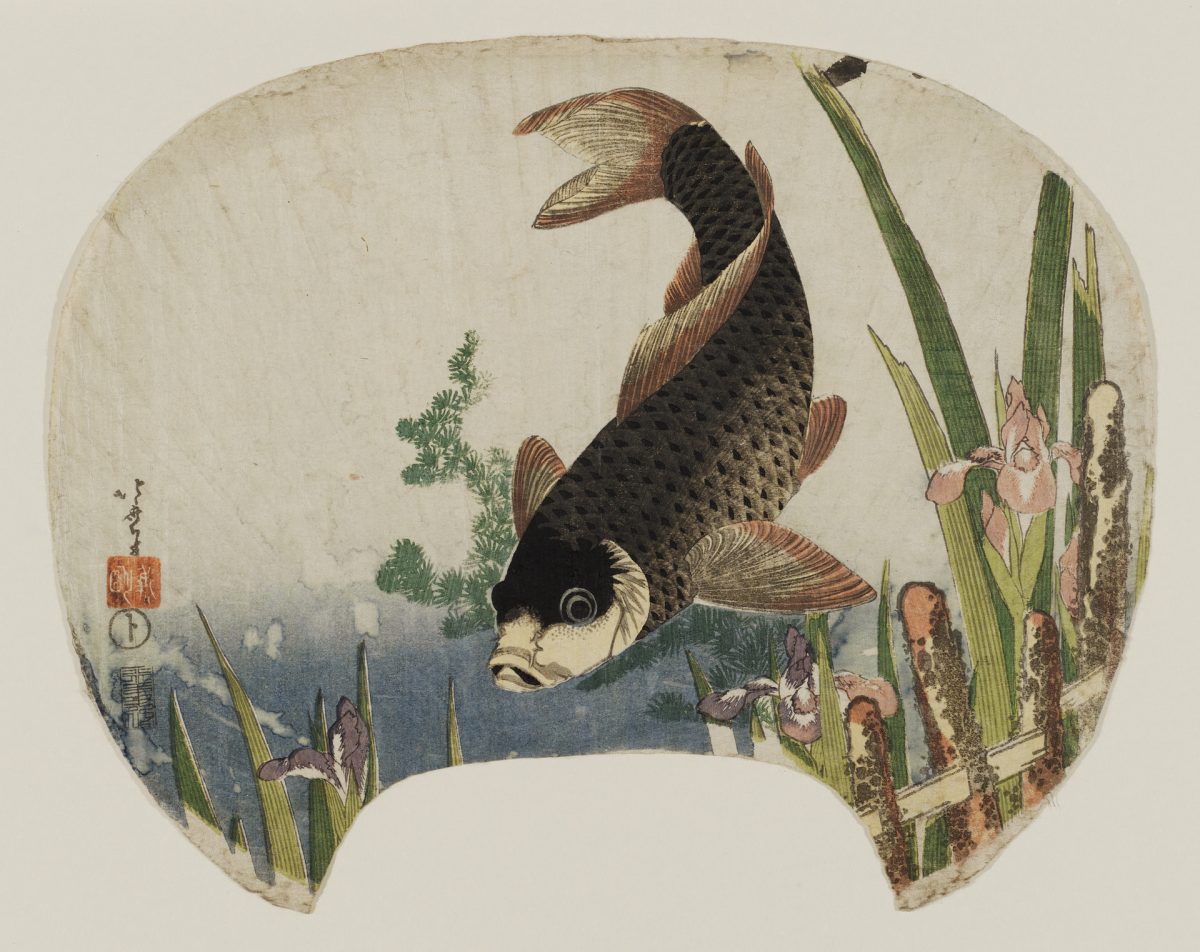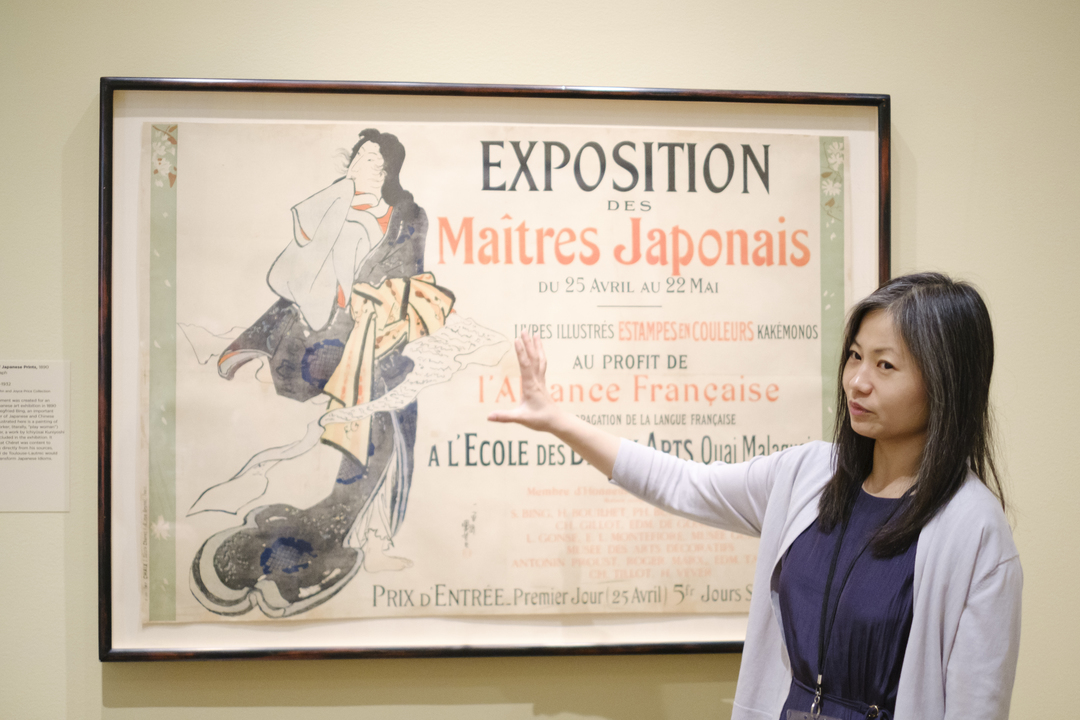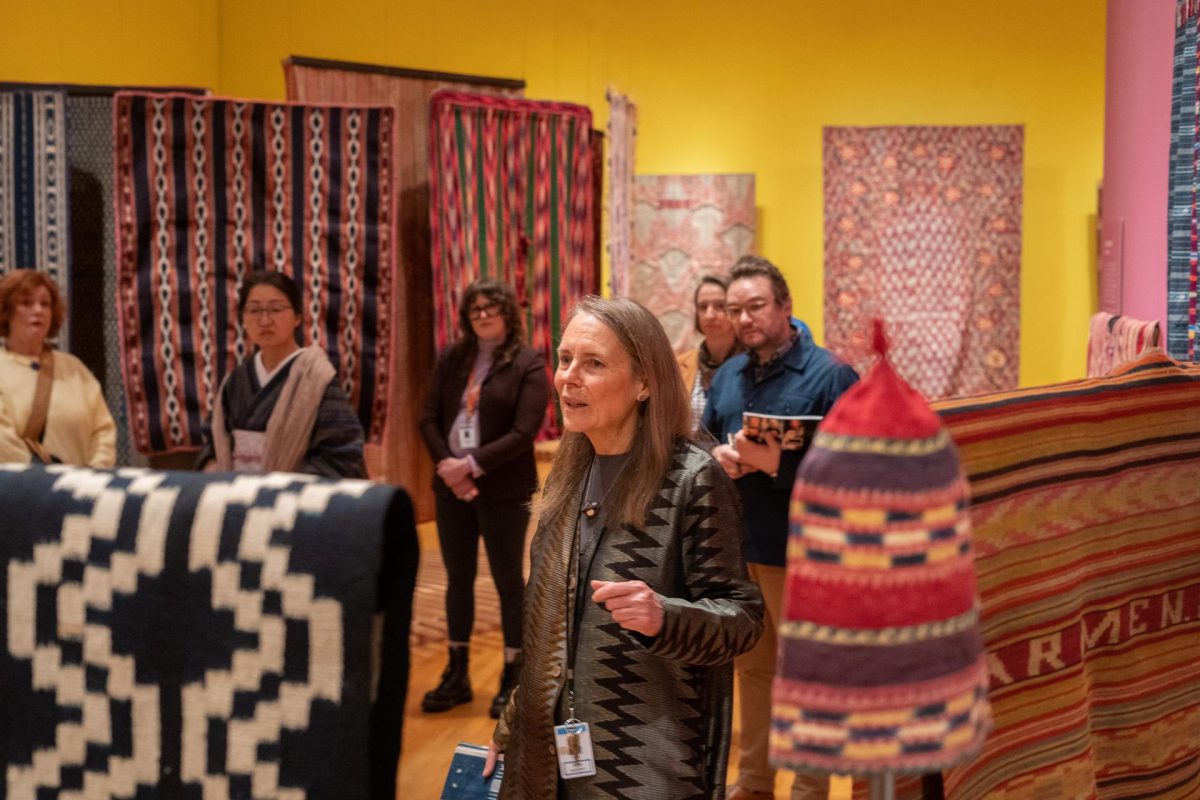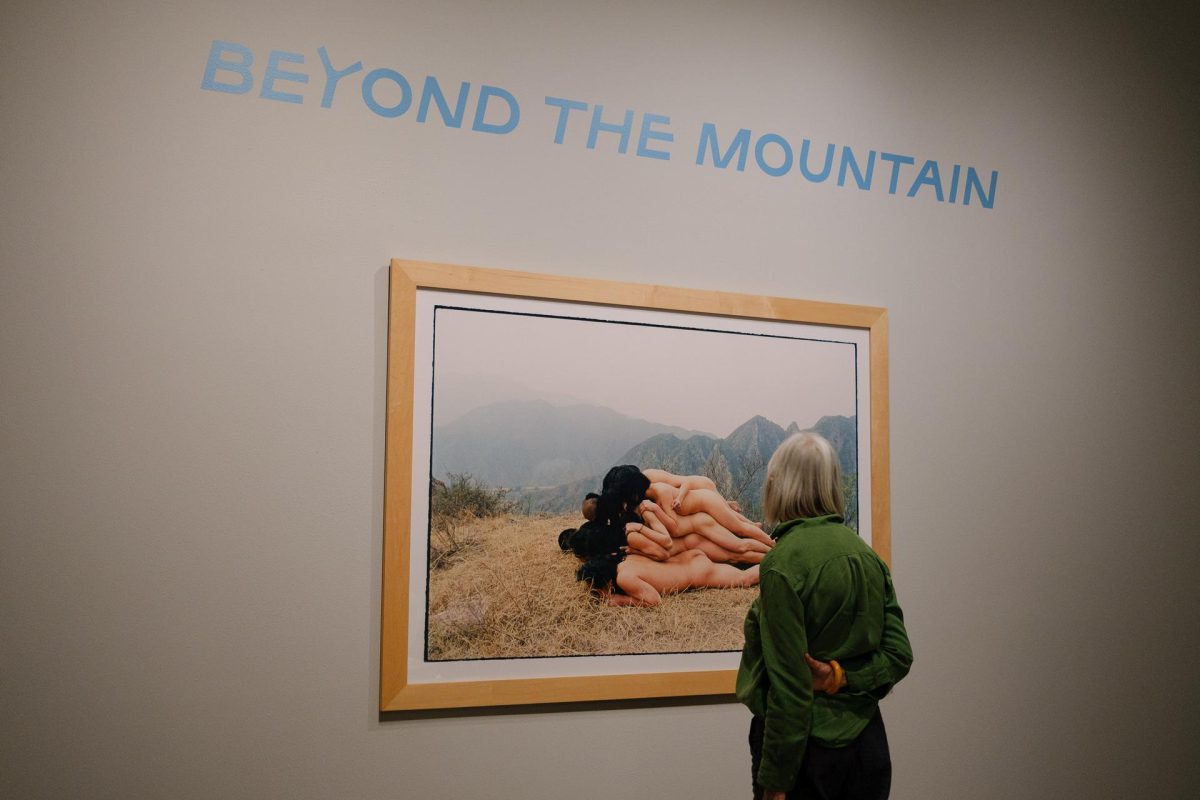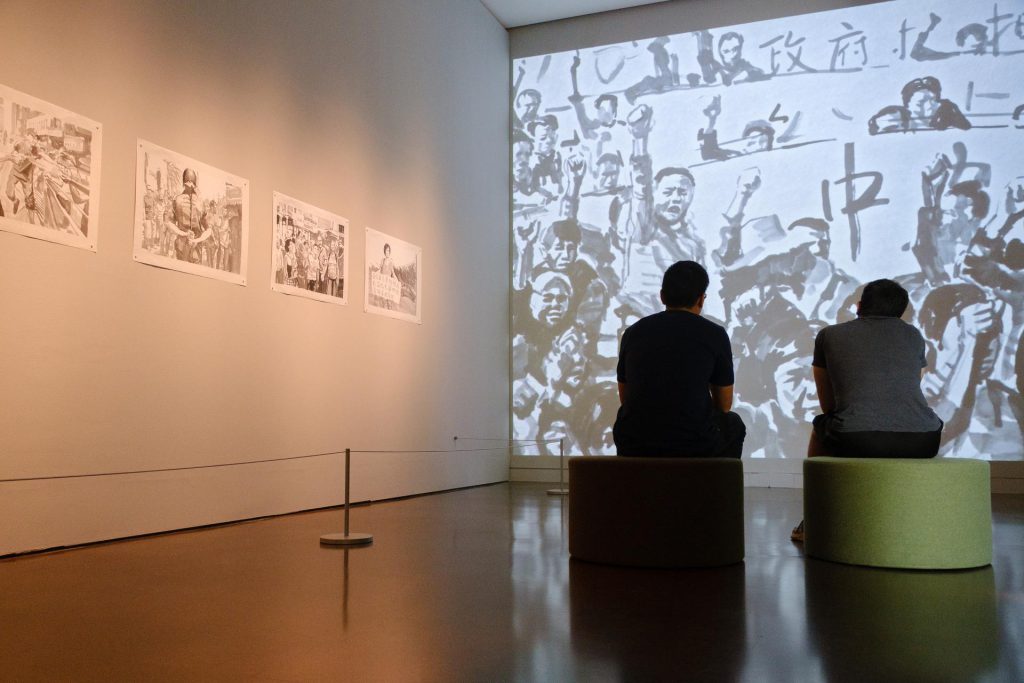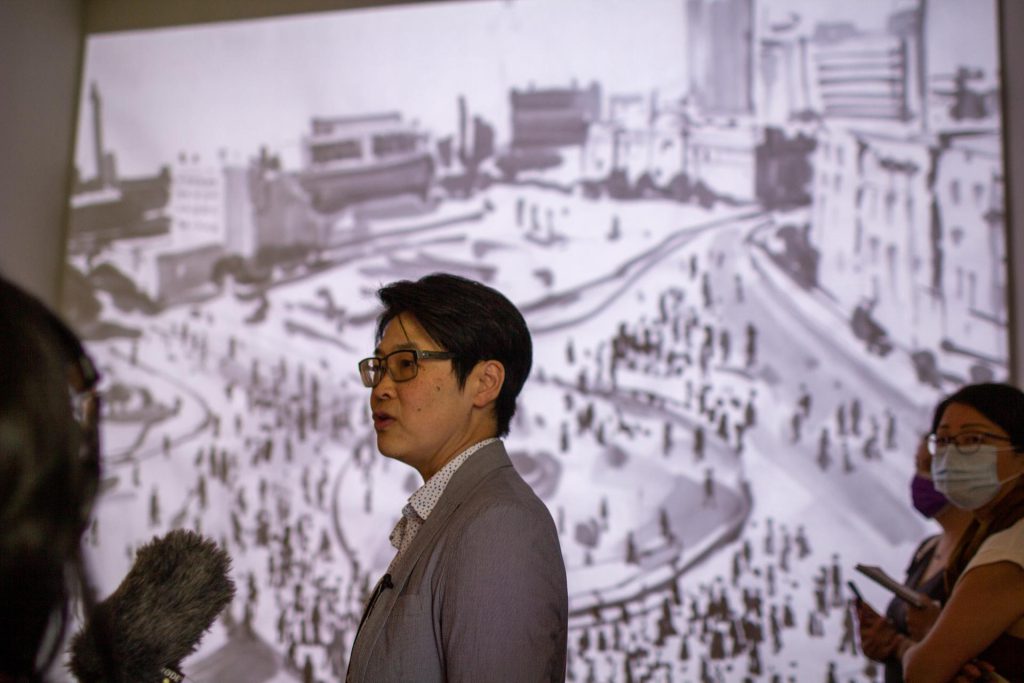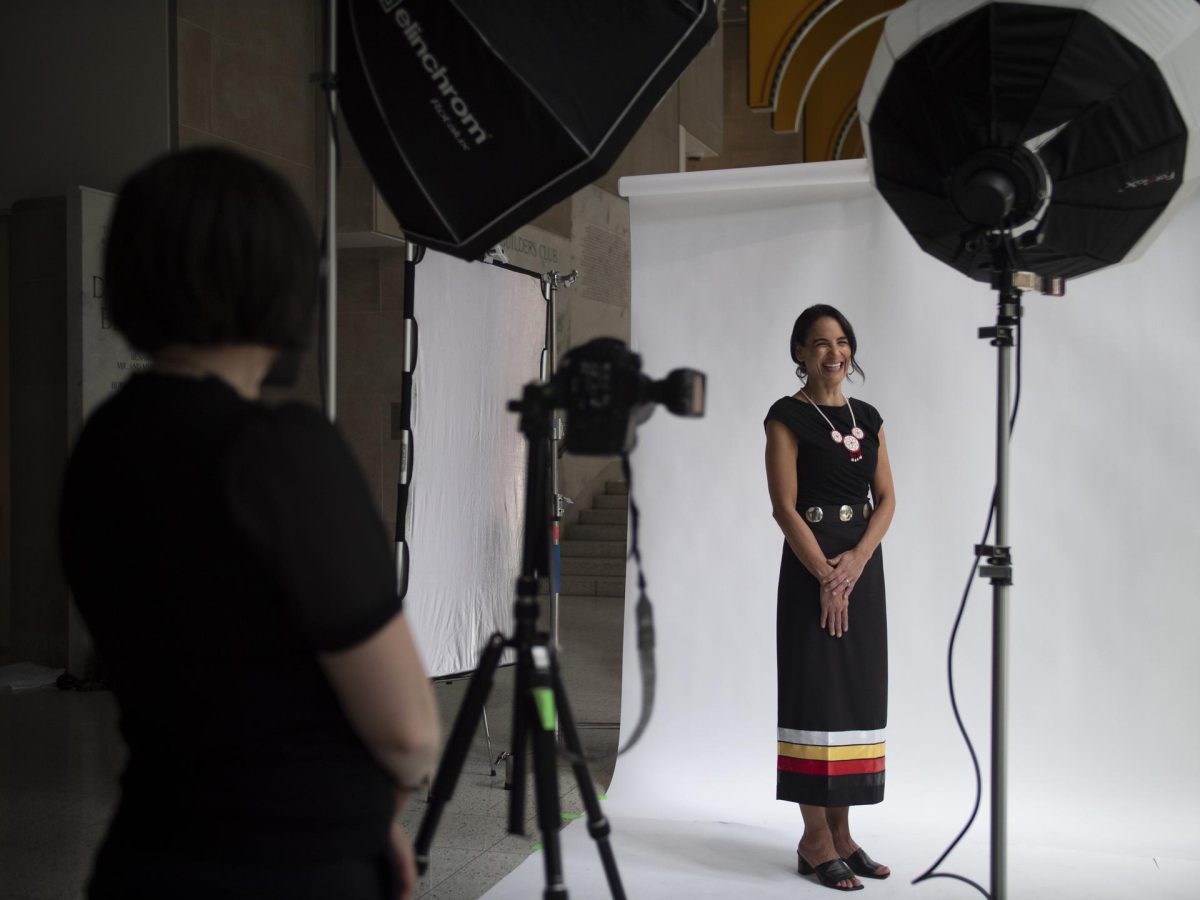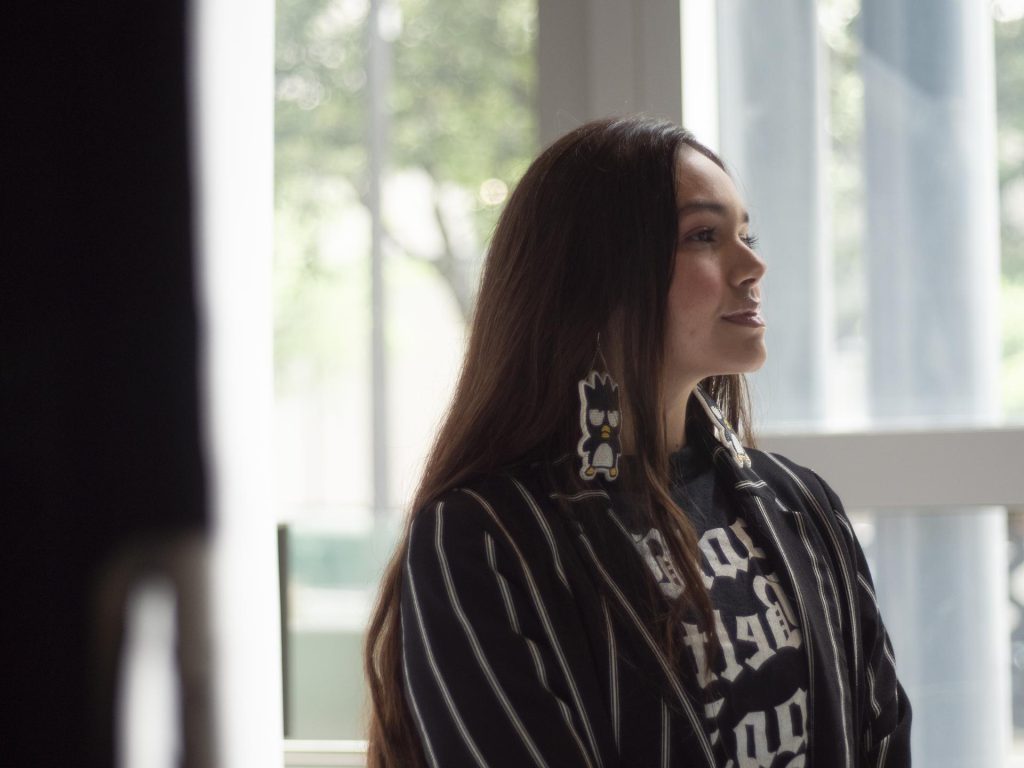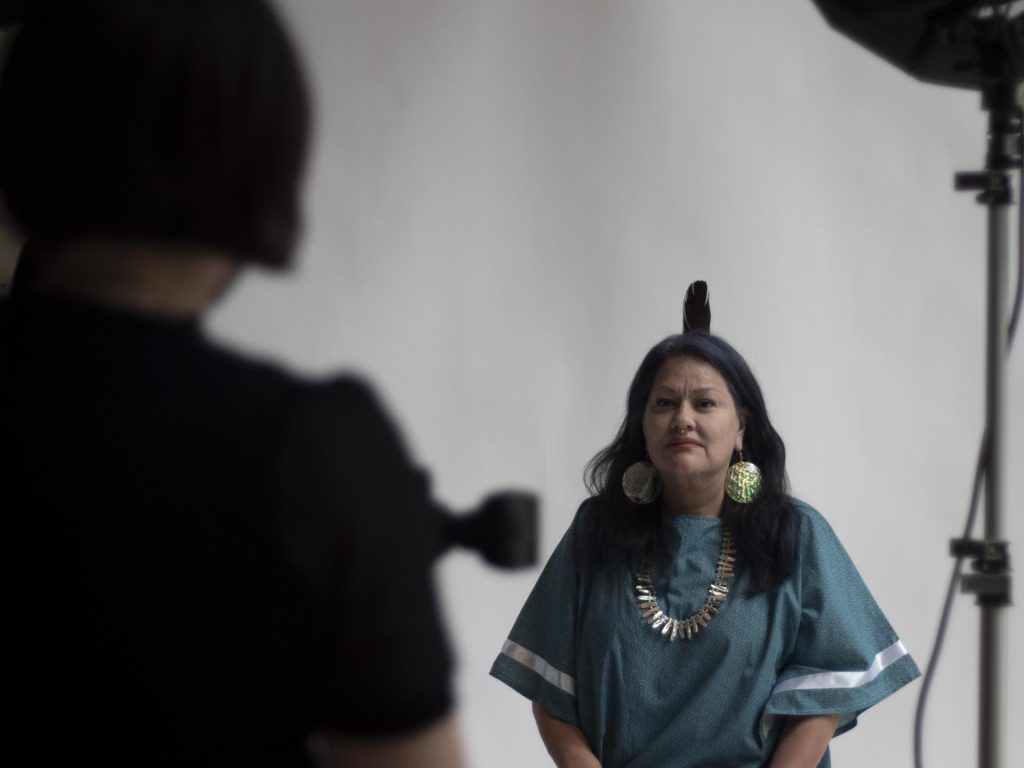“We Possess the Ability to Imagine Boundlessly”: An Interview with Tariqa Waters
In October 2023, SAM announced that Seattle-based artist Tariqa Waters as the winner of the 2023 Betty Bowen Award, an annual juried award that comes with an unrestricted cash award of $15,000 and a solo exhibition at SAM. Now, that show is soon to debut. Venus is Missing (May 7, 2025–January 5, 2026) is an exuberant entry in her innovative and multidisciplinary practice that pushes the aesthetics of commercial advertising into surreal, otherworldly territory. We emailed with Waters to learn about what’s on her mind.
Rachel Eggers: Well, I hope this doesn’t spoil the surprise for any of our member readers, but you’re landing a spaceship in the gallery of your show…tell us about the story and experience of Venus is Missing.
Tariqa Waters: Yes, a pink rocket ship with my blown glass adornments! I’m pretty stoked about how it’s coming together! One of my favorite films from childhood, and one that continues to resonate with me as an adult, is Back to the Future. I have always admired the friendship between Doc Brown and Marty McFly. This buddy-comedy/action film navigates various eras in human history, correcting multigenerational events through the time-traveling DeLorean while maintaining the integrity of existence. In today’s world, where humanity stands at a pivotal juncture, the rocket ship serves as a metaphor for my perspective on life on this planet.
In my work, I employ everyday consumer products as narrative devices, revealing deeper meanings behind these objects. The context often simplifies complex memories tied to notable products that I struggled to fully comprehend at the time. We frequently find ourselves constrained by the limitations imposed by others. Trapped. While we enter different spaces burdened by various influences, we often neglect to look upward. We forget the extraordinary nature of this journey; even if we cannot physically escape, we possess the ability to imagine boundlessly and harness that joy to reach new heights. The immersive environment I create aims to embody this very sentiment.
RE: Incredible. I can’t wait to jet off. Also, you have a book coming out from Minor Matters at the same time as this exhibition. That’s so exciting! Tell us about WHO RAISED YOU? A Martyr Sauce Guide To Etiquette. Is this your first publication?
TW: Yep, my first book! Although I’ve been an artist for over 20 years, 10 of my most notable years have been in Seattle. It’s the first time in my career that I decided to approach my work on my terms, to chart my own path. What started as a small gallery named Martyr Sauce, showcasing the work of myself and others, ballooned into two galleries, a pop art museum called MS PAM (Martyr Sauce Pop Art Museum), and a television show, Thank You, MS PAM. I have partnered with numerous organizations and institutions, all while maintaining my artistic endeavors as an interdisciplinary installation artist. Oh yeah, and I’m a mother of two creatives and the wife of a world-renowned musician.
My story is one of a kind, with a mixed bag of experiences. I’ve had a lot of people come up to me over the years and ask for advice or some kind of guidance on mentorship or just unpacking—“So this happened, and I don’t know what to do with it.” I thought it would be funny to lampoon those 1960s etiquette books by creating a monograph of all my work since being in Seattle—installation works and exhibitions—with the framework of it being A Martyr Sauce Guide to Etiquette.
RE: Must. Read. In addition to being a joyful and impactful artist on the Seattle scene since arriving here in 2012, as you mentioned, you have also always been at the forefront of the conversation about making space for artists in Seattle, with your gallery Martyr Sauce and other projects. What’s your take on the current state of the scene for local artists?
TW: I’ve had to detach myself from the scene in Seattle. I think it’s important to do that from time to time to avoid getting so immersed in what others are doing that you neglect your own needs as an artist. I do check in on occasion and have been very encouraged by what I’ve seen from young and up-and-coming artists! From what I can tell, the art scene seems active and vibrant.
RE: What did it mean to you personally to win this award?
TW: My first job ever was in 1993 when my uncle, an established artist and educator at Pratt, invited me to Seattle from Maryland to take part in a summer program focused on public arts for teenagers. During this program, I contributed to painting murals on the bus shelters throughout Seattle. This experience marks the beginning of my long journey in the art world. Receiving this award is a testament to the countless hours, sleepless nights, and unwavering commitment I have dedicated to my art. I am the first Black woman to win the Betty Bowen Award, a significant milestone in my artistic journey. This achievement represents a full-circle moment in many respects.
– Rachel Eggers, Associate Director of Public Relations
This article first appeared in the February through May 2025 edition of SAM Magazine. Become a SAM member today to receive our magazine delivered directly to your mailbox and other exclusive member perks!
Future to the Back ’85, 2024, Tariqa Waters, Masonite, wood, plastic, glass, and blown glass ball barrettes, overall: 96 x 48 x 36 in., Ball Barrettes: 10” diameter each, Photo courtesy the artist, © Tariqa Waters
